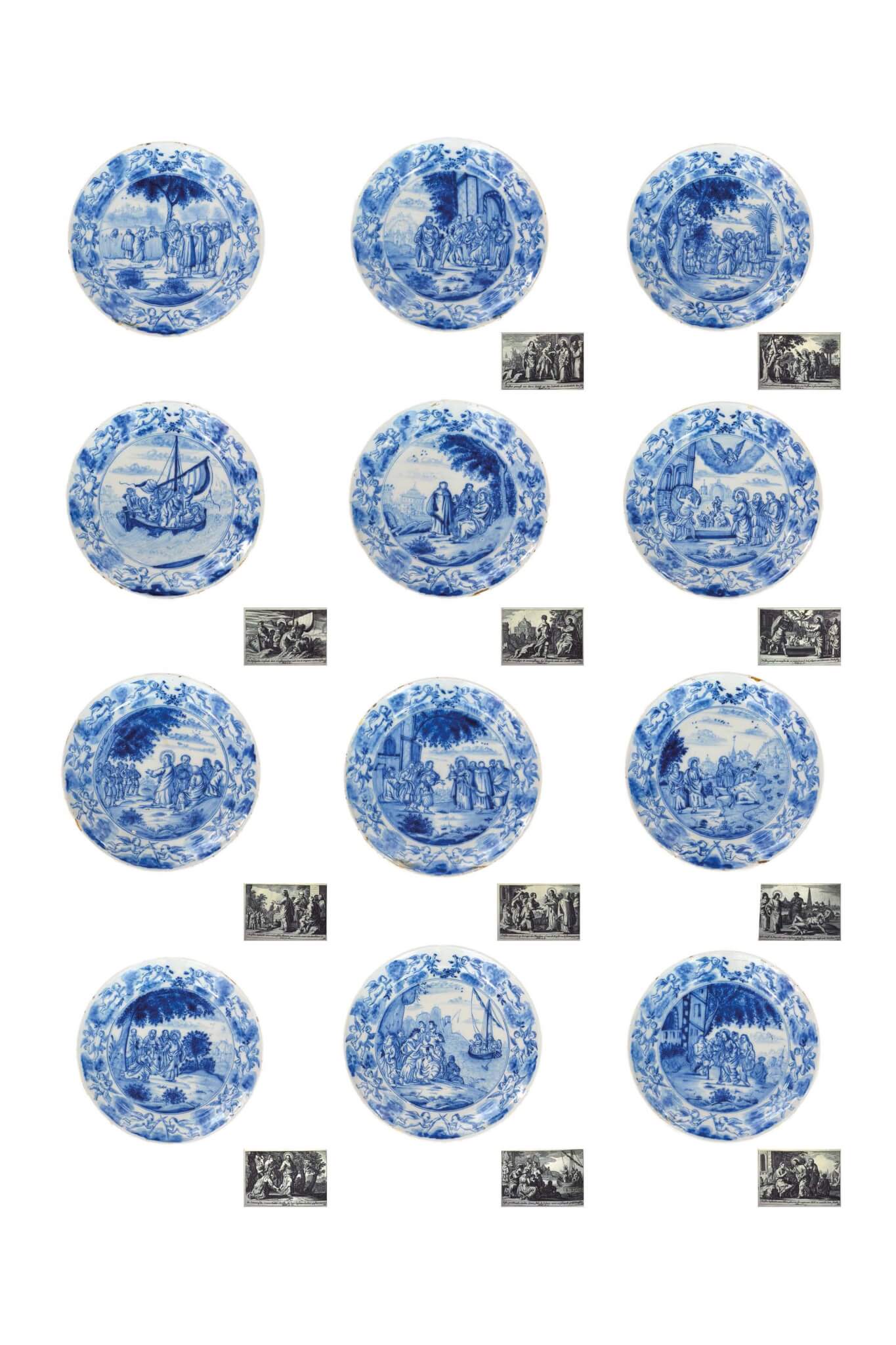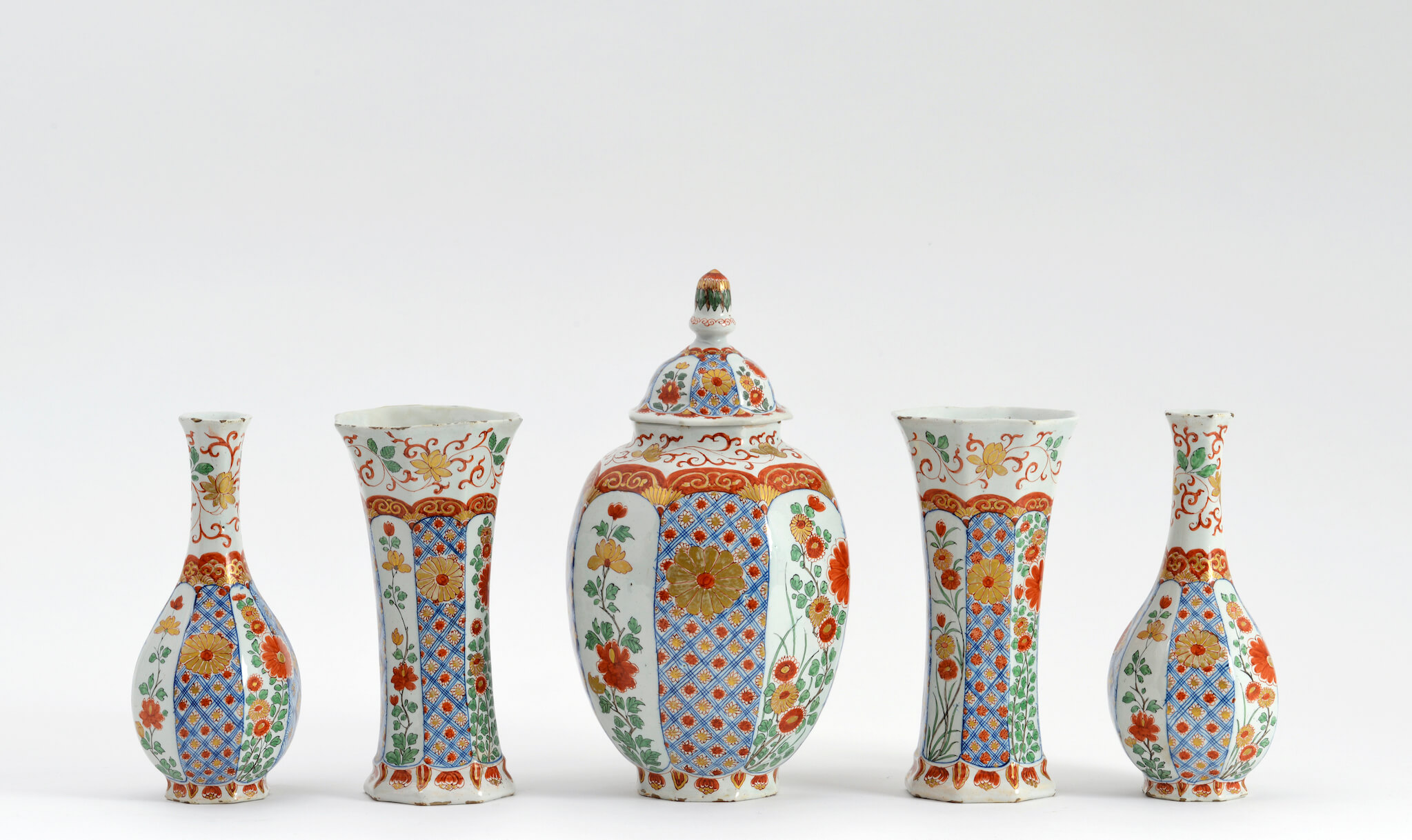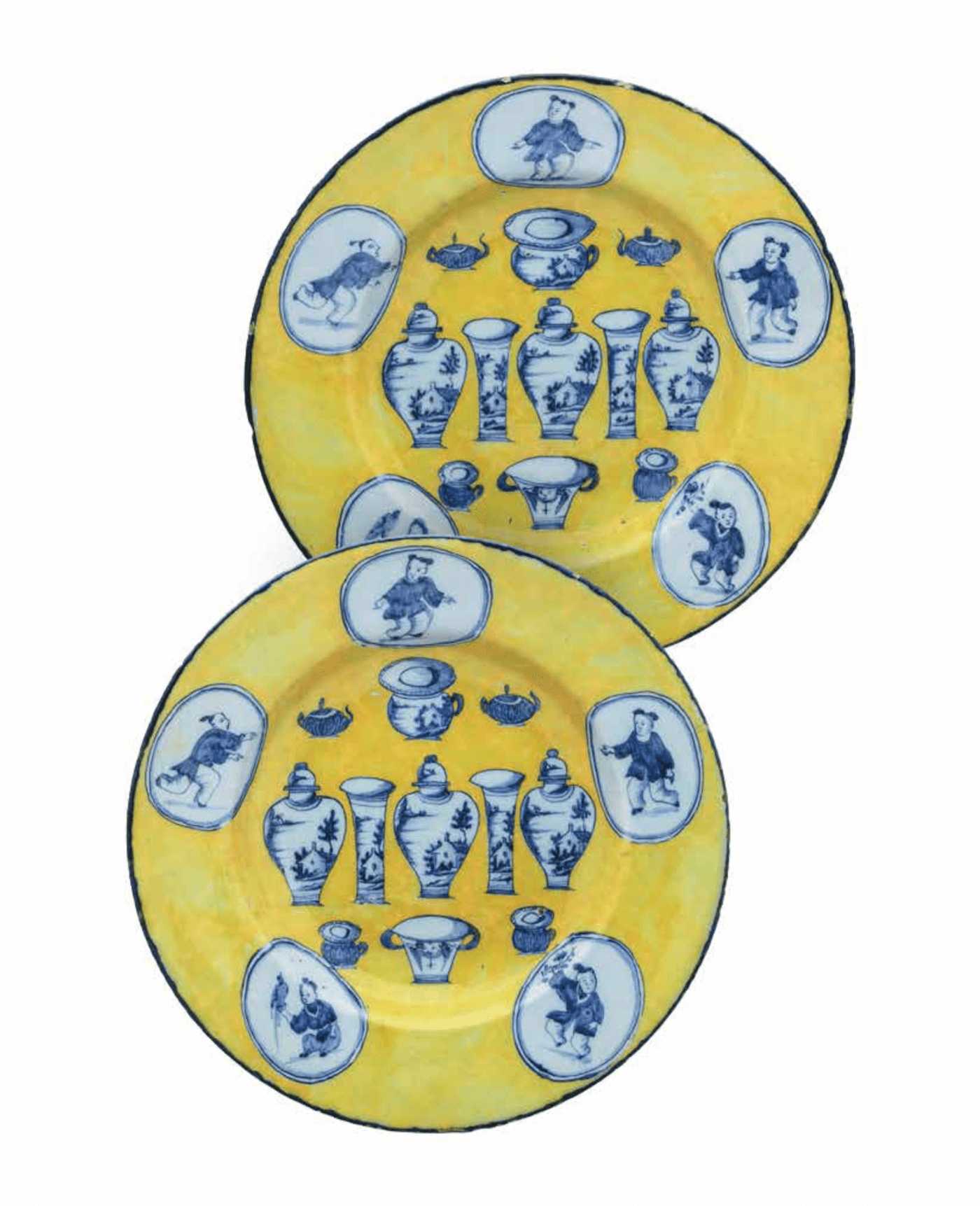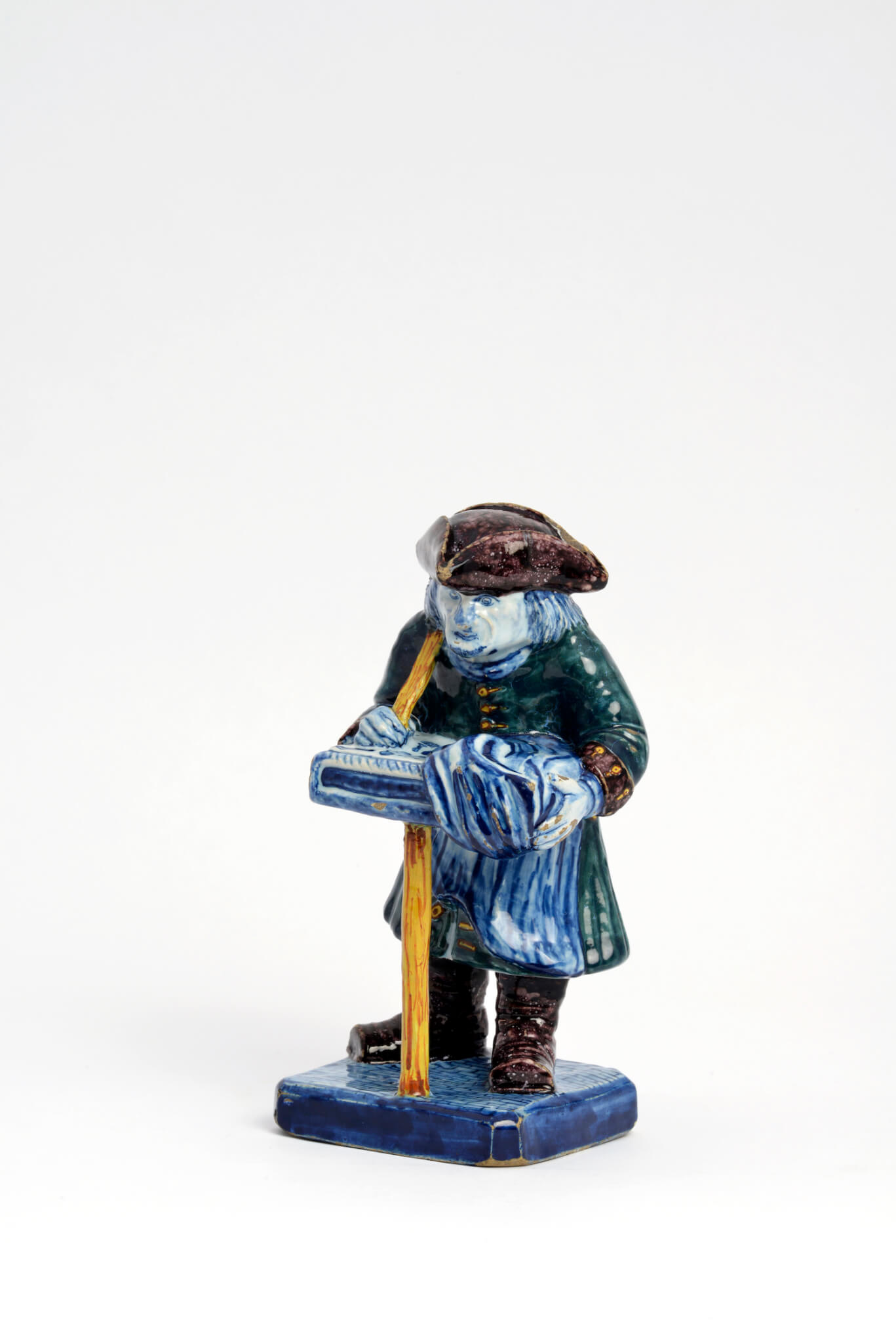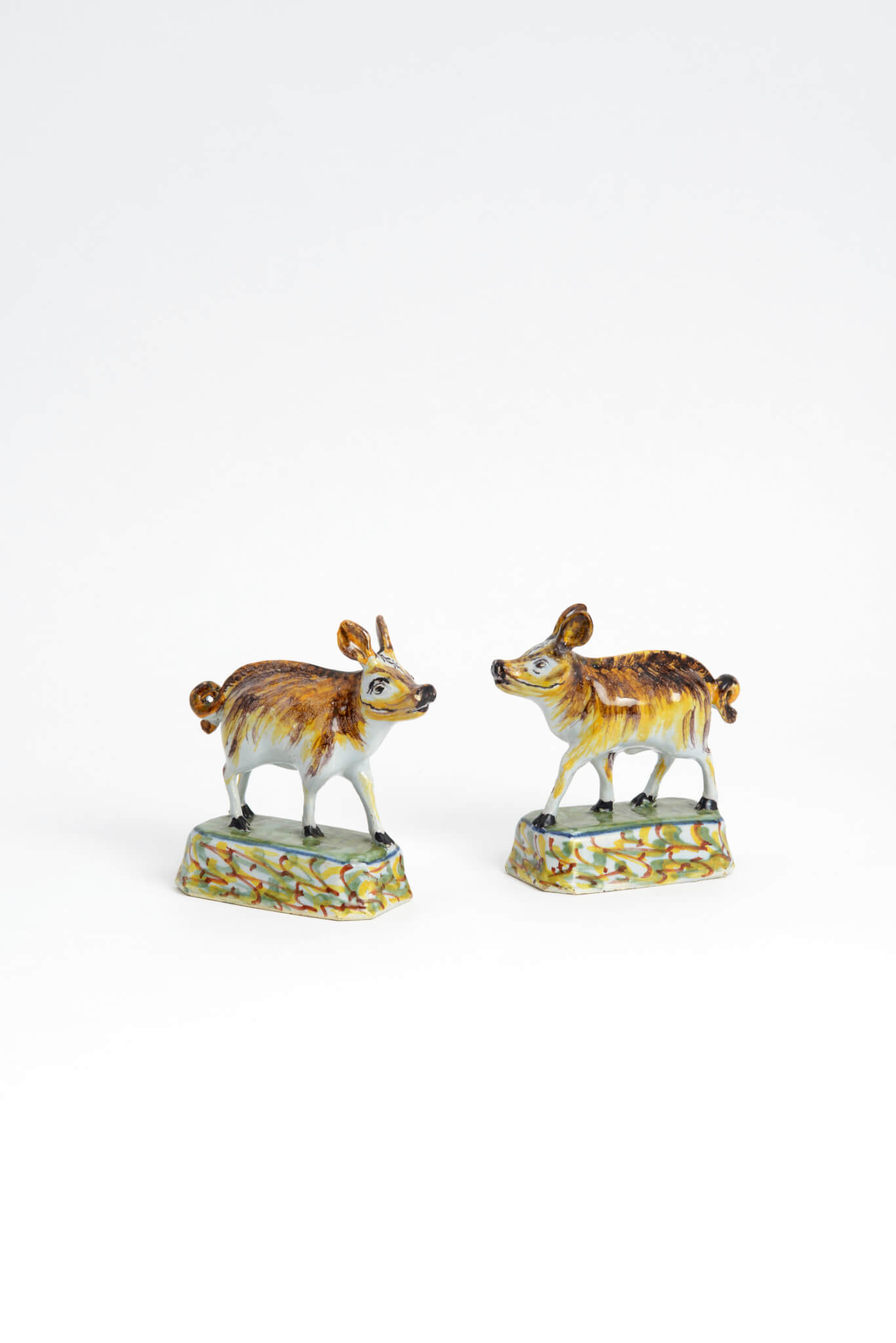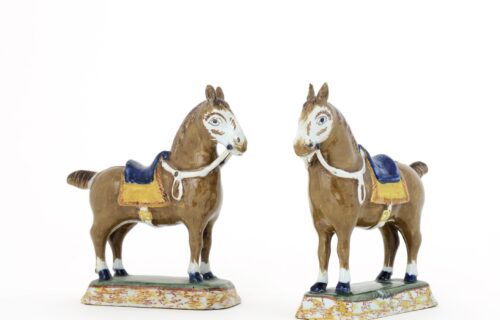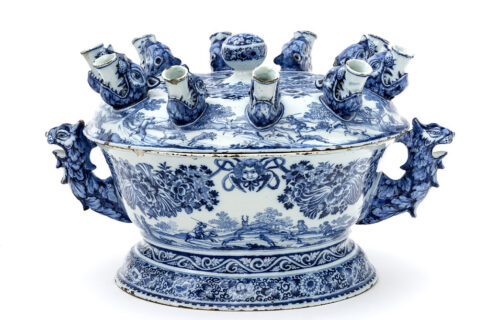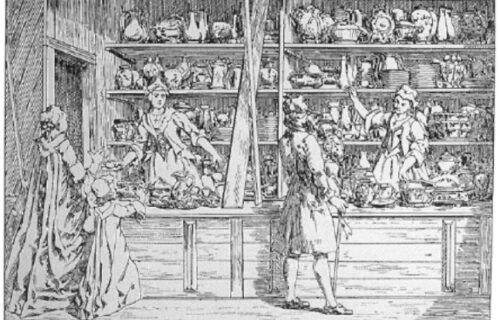Welcome to the Virtual Delftware Museum
Over the past decades several generations of the Aronson family have been able to procure the rarest and often unique Delftware objects. These objects still are of museum quality, even though some now reside in private collections, besides those in the international public domain. The combined force of these objects becomes apparent when they are placed side by side. This virtual exhibition of the finest objects measures up to the greatest international collections.
EXHIBITION
DISCOVER
Equestrian Elegance
Delft Faience Horses as Art and Symbol Horses have forged a unique and enduring connecting with humans due to their …
Beyond borders
Dutch seaborne trade and the spread of Delft faience in the Baltic region (Fig. 1) Tulipière, Delft, circa 1690,…
Leading Ladies
The leading Ladies of the Delft pottery industry in the seventeenth and eighteenth centuries Based on sixteenth and seventeenth century…
HISTORY
The history of the iconic Dutch faience produced mainly in the western Dutch city of Delft is drawn up in many publications. Museums and studenst in the Netherlands and around the world are continuously researching certain aspects of a product the played such a pivoting role in the history of arts, of the first encounters between Europe and the Far East and of the comencement of the production of faience and porcelain in other European cities. Both Meissen and Sevres drew on the knowledge built over centuries in Delft.
In the first half of the 15th century, mercantile cities such as Brugge (Bruges) and Antwerp in the southern Netherlands (now Belgium) became familiar with earthenware from southern Europe through both trade and political contacts with Italy, Spain and Portugal. This earthenware was exported by Spain and Italy to the northwestern European commercial centers often by sea.
One of the maritime trade routes passed through the Spanish island of Mallorca, from which the name ‘maiolica’ developed for a certain type of glazed pottery. Dutch Maiolica is an earthenware product coated with a tin glaze on the front or exterior and a highly translucent lead glaze on the back or base. Maiolica dishes were fired face down on three spurs that often left marks which remained visible in the central design.
In Italy the city of Faenza was a well known center for the production of earthenware that came to be called ‘faience’ by the French. It was slightly more refined than maiolica and distinguished from it in that the earthenware body was completely covered on the front and back with a whiter tin glaze. Also, faïence dishes were fired with the image upward so the spur marks appeared on the back or underside.
By the middle of the 15th century, largely through the gradual migration of potters from southern Europe through France to the Netherlands, the earthenware industry had become well established in Antwerp. At this time the Guild of Saint Luke was founded – an artisans’ guild which eventually would extend throughout the Netherlands and would exist for many centuries. The books of the guild reveal that by the end of the 15th century several Italian maiolica- and faience-makers in Antwerp had become extremely successful.
In the second half of the 16th century, under religious pressure, many of the reformists and Protestants were forced to leave Antwerp. Most moved to London, Hamburg or the northern Netherlands and specifically to the city of Haarlem (the city after which New York’s ‘Harlem’ was named) near Amsterdam.
One of the families in Haarlem who operated a successful potting business were the Verstraetens, who produced wares in the maiolica (or majolica) tradition. A quarrel in 1642 between Willem Jansz. Verstraeten and his son Gerrit split the market. The elder Verstraeten continued making the old-fashioned majolica and the son ventured into the more modern faience, which was more thinly potted and bore a closer resemblance to the imported Chinese porcelain wares that were becoming so sought-after.
The rise of the potting industry in Haarlem occurred simultaneously with the decline of the beer brewing industry in the town of Delft. As the Delft brewers ceased production at the beginning of the 17th century because the town’s canal water had become too polluted to be used to make a potable brew, their large abandoned buildings on the canals were quickly occupied by the pottery-makers, who could utilize both the space and the convenient water source for the working of their clays and for the transportation of their raw materials and finished wares.
At precisely the same time and throughout the 17th century, the Dutch developed a dominance in the European trade with China through which they imported large cargoes of luxury goods, including the much-coveted blue and white porcelain. By the middle of the century, however, a war in China interrupted the production and exportation to the Netherlands of Chinese porcelain, which declined from a quarter million pieces per year to a mere trickle. The potters in Delft seized the opportunity to fill the void, and they began producing earthenwares in emulation of Chinese porcelain, which they successfully marketed as “porcelain.”
Within the next century and a half, the Delft pottery-makers became so successful, that their products were imitated by many pottery and porcelain factories across Europe and even in the Far East.
At the height of production the Guild of Saint Luke counted almost 40 factories in the small city of Delft. Because they were innovative and adaptive to the needs and whims of their varied clientèle, and because of the perseverance of the Delft potters, the elegant term ‘faience’ has become synonymous with ‘delftware’.










